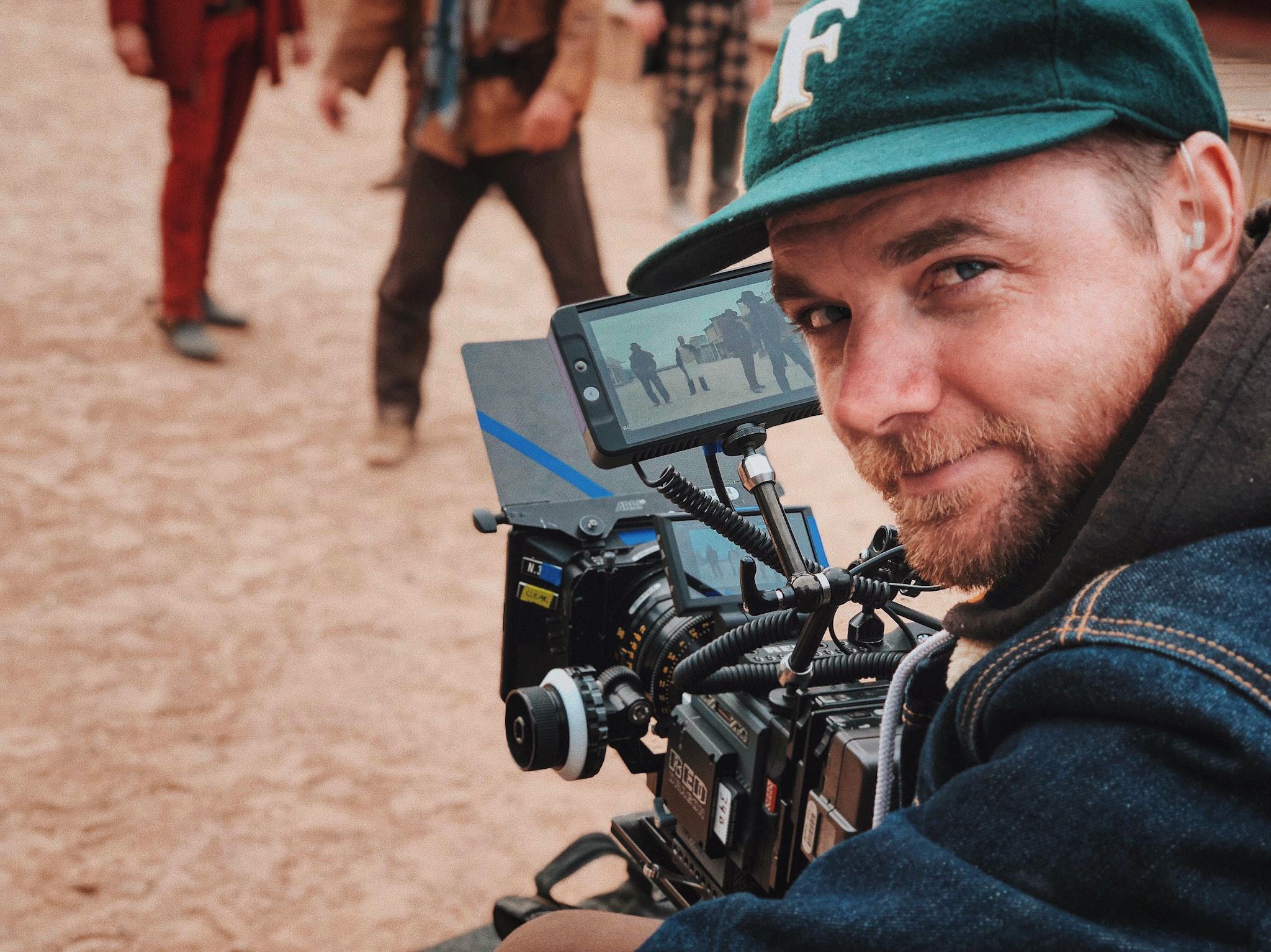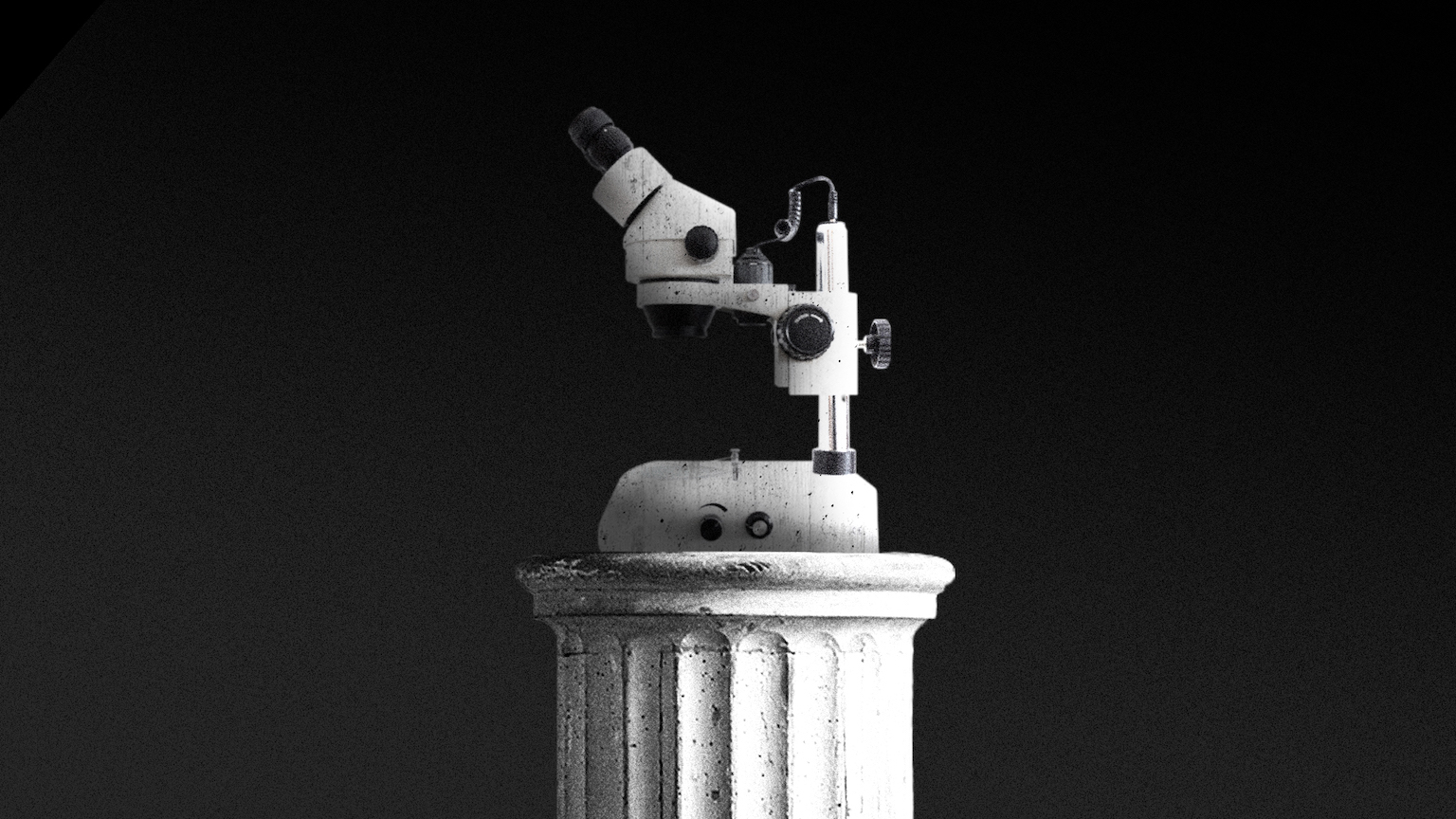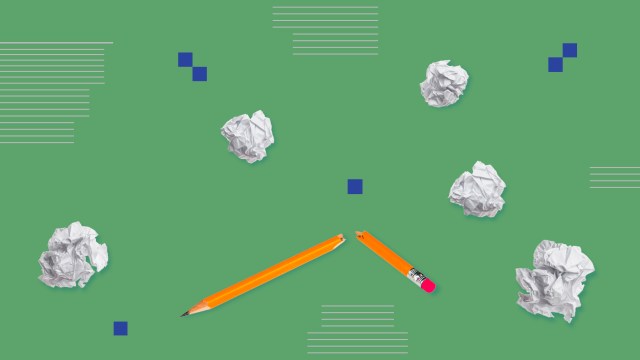Teaching science as a liberal art

- Science education is one-dimensional. It teaches the needed techniques devoid of any humanistic context.
- Yet, many scientific questions have deep cultural valence. They impact the social, political, and often emotional spheres.
- It is possible to maintain the rigor of STEM education while including the historical and philosophical context from which science emerges.
Science teaching is, well, sciency. If you are a science student, your classes will be technical. This makes sense, because science is technical. You need to master the language of your chosen field, and in science this means learning the techniques needed to join the community of researchers. As a result, a typical science curriculum will proceed with an ever-sharpening focus on the details, so that the student is ready to do research during graduate school. In physics we joke that we learn the same stuff three times: at the introductory, intermediate, and advanced levels.
Nowhere during this training is there any instruction on the historical, cultural, and philosophical context of the science that is being learned in the classroom. When a student hears of Newton, it is not to learn about Newton himself, but about his laws of motion and universal gravity. Same with Bohr, Einstein, or Heisenberg on the physics front. Math tends to be even more disembodied, with little attention to who did what, apart from the names of certain important theorems and results. In biology, the textbooks cite only fleetingly the long journeys that led toward understanding the cell, or Darwin’s theory of evolution.
Teaching how science really is
As in scientific papers, books mostly focus on results — on what has been tested and validated. Very little is said about the process of discovery, with all its false starts and wrong turns, or about the confusion and drama that ensues when experiments contradict accepted theories, and worldviews must change. These are exactly the aspects that humanize science, that make it into a creative process of trial and error, capable of tremendous achievements and yet as fallible as any other human endeavor. Very rarely do we hear that science needs to fail in order to advance, that new theories emerge from cracks in the foundations of older ones.
Science is mostly taught as a foolproof, error-free activity, populated by so-called geniuses boasting superhuman attributes. Of course, nowhere in the curriculum is there any course dedicated to pedagogy and instructional techniques, even though those of us who stay in academia will teach for the rest of our lives. We step into the classroom without any idea of how to teach. A quick seminar at the graduate school level is most of the pedagogy one learns. Ethical questions in science are almost never addressed, even though science impacts many of the moral choices we must make in our lives. This is even more true in a future marked by rapid advances in AI, bioengineering, and climate change.
The reality of science is quite different from how it is taught. Yes, there are one or two hundred highly gifted individuals who pushed the boundaries of scientific knowledge in spectacular ways. The names I listed above are a few of them from physics, which is my field. But the vast majority of scientists, including very successful ones, are not geniuses. Nor are they gifted expositors. They are individuals distributed along a talent curve that goes from the remarkable to the ordinary. What they all have in common, and this is essential, is a passion for what they do. No matter how talented, every scientist wants to make a difference, to be part of a long tradition of learning that stretches back to Ancient Greece, when the first Western philosophers asked questions about the nature of matter and physical reality.
As the British playwright Tom Stoppard wrote in Arcadia, “It’s wanting to know that makes us matter.” Scientists share this urge, and they channel it into their respective fields, just the same as other people channel it into their fields — be they in the humanities, the social sciences, technical fields, politics, or gardening.
Physics for poets
There are two dimensions to the issue I am raising here. One is how to rethink the way science is taught to STEM students. The other is how to teach science for nonscience majors.
Both need a fundamental change of direction. Of course the teaching of science to STEM students must retain all of its technical aspects. But it needs more. It needs to instruct science not just as a collection of technical concepts and their applications, but as an intellectual pursuit immersed in a historical and cultural context, intimately bound up with philosophy and the human quest for meaning.
To isolate science from the rest of human culture is to impoverish its role as an attempt to make sense of who we are in a natural world that seems indifferent to our existence. The result is a scientist that believes his field of knowledge stands above all others. Such a scientist has limited capacity to evaluate critically and humbly what science can and cannot do — and most importantly, what science should and should not do.
For students who will not be science majors, the same general approach works. Surprisingly, the same kinds of courses can fill the gaps on both ends of the spectrum. Liberal arts universities and colleges do offer courses designed for nonscience majors. Some are perhaps a bit too technical. They focus too much on the results, and less on the intellectual evolution of scientific thinking. A book that was quite influential in its time was David Park’s The How and the Why: An Essay on the Origins and Development of Physical Theory. Park, who taught at Williams College, saw the need for a course on the intellectual development of physics.
I saw the same need at Dartmouth, so I designed a course with my colleague Richard Kremer, a historian of science specialized in Renaissance and pre-Renaissance astronomy. For this “Physics for Poets” course, I wrote a book focusing on the ways humanity has tried to make sense of the universe throughout the ages. The focus, as in Park’s book, is on science in the context of intellectual history. Concepts and their evolution, people and their personal histories, are the focus — not equations.
A few years ago, I introduced a discussion aspect to this course called the Friday Agora. Students are divided into groups. One or two groups are asked to propose questions to the rest of the class on the day before the discussion. The students huddle, they come up with answers and commentary, and each group has some time to present their ideas so that the rest of the class can then discuss those. Here a few samples of the questions these students have come up with:
- Consider the concept of “God of the Gaps.” Use a few examples from the 17th century to illustrate it. Can you think of uses of the God of the Gaps concept in modern culture? What does it say about the relationship between science and religion?
- The successes of reductionism point to the existence of persistent patterns in Nature, from the very small to the very large. Can you think of a few of them? However, there are limits to reductionism, and those are related to the simplification of models. Using the map and territory analogy, describe the intrinsic limitations of reductionism and its goal to capture the “fundamental nature of reality.” As an aside, could we expect to have a final description of the fundamental components of matter?
- There is a difference between what scientists can do and what they should or shouldn’t do. Can you come up with examples from fiction and from today’s scientific research that present both great promise and possibly great challenges for humanity? (Hint: think AI, CRISPR technology.) Who should legislate over this kind of research? Should it be regulated? How?
The Friday Agoras are the students’ favorite part of the course. The group dynamics can be adapted to class size (this spring we have 150 students), although of course smaller classes are always better. Every week, students write a 500-word personal reflection based on what transpired in class. By the end of the term, they have a class journal with their thoughts about issues involving science, ethics and philosophy, history, and religion. I invite them to reread these thoughts a few years after they graduate. Irrespective of the details of specific implementations, the goal is to present science side by side with the humanities as complementary aspects of the human quest for knowledge. The end result, we hope, is to have citizens who are better prepared to face the challenges the future will bring.





